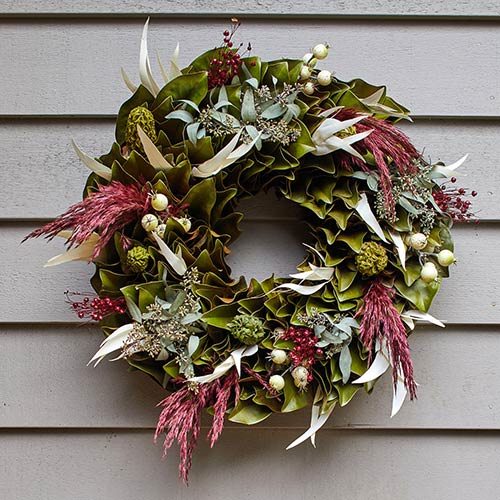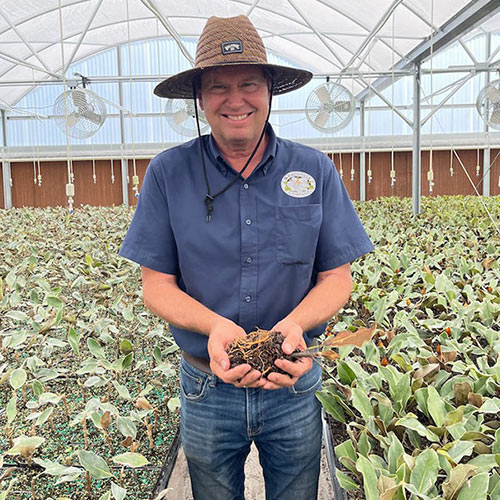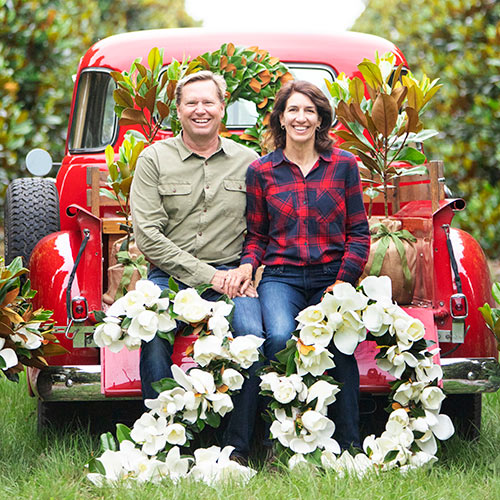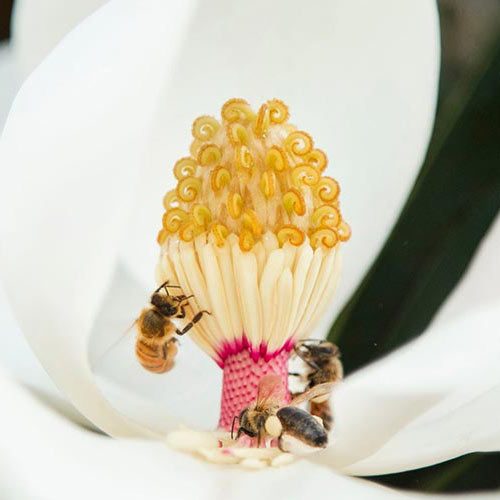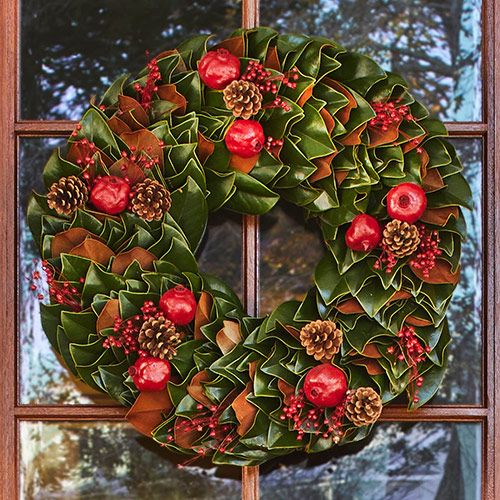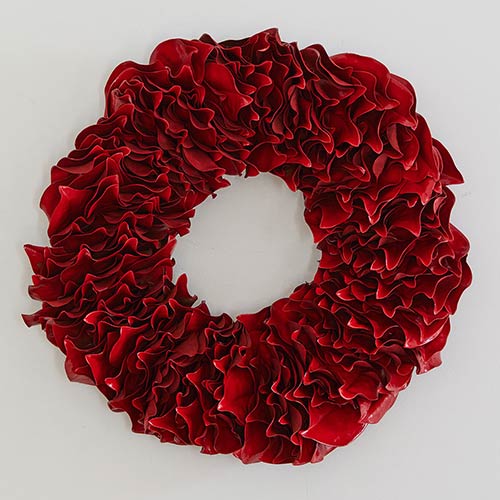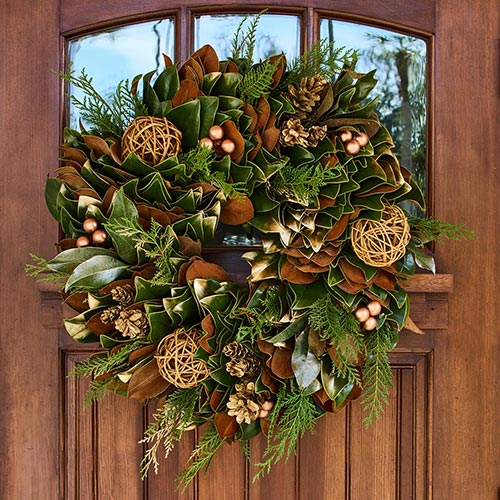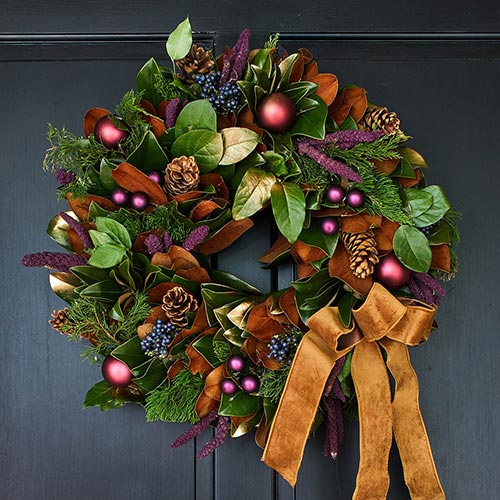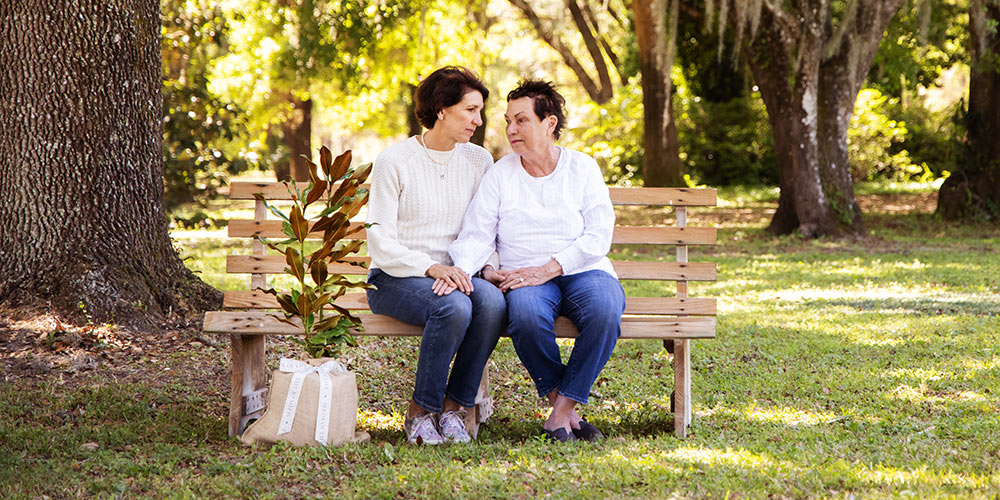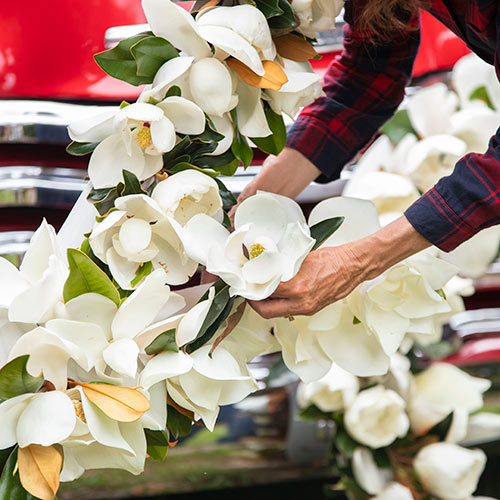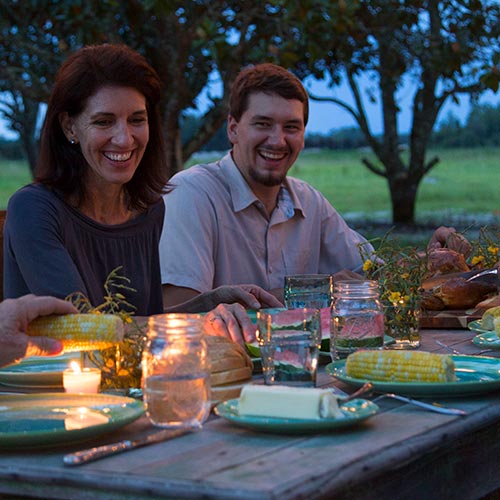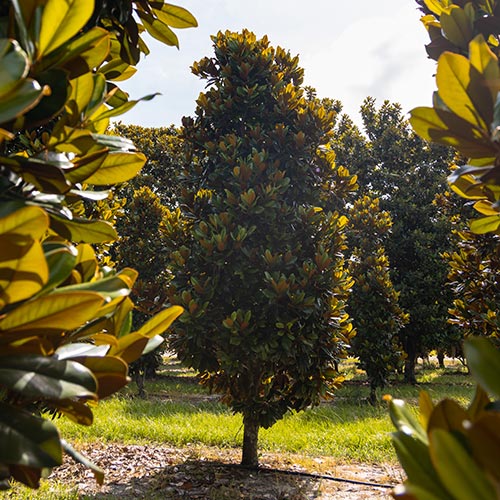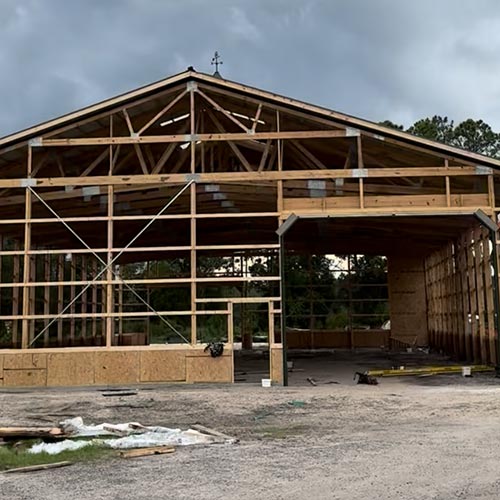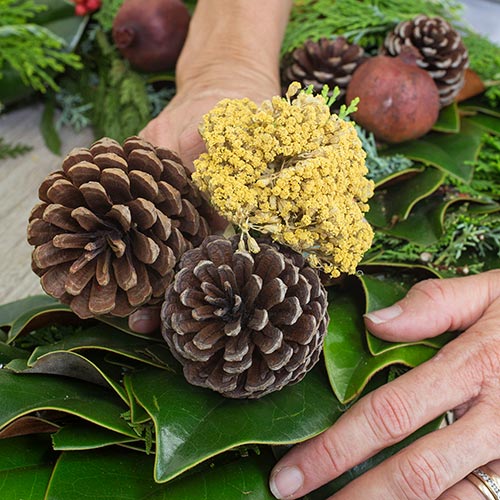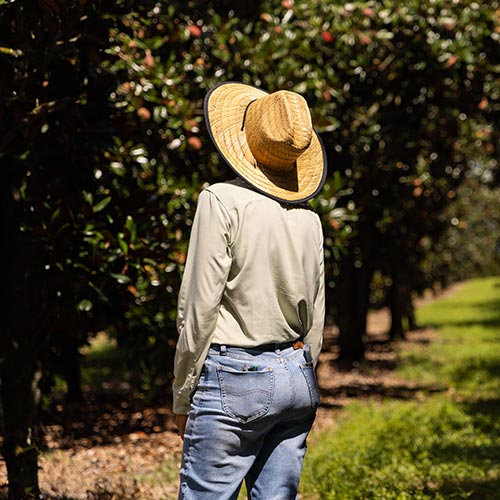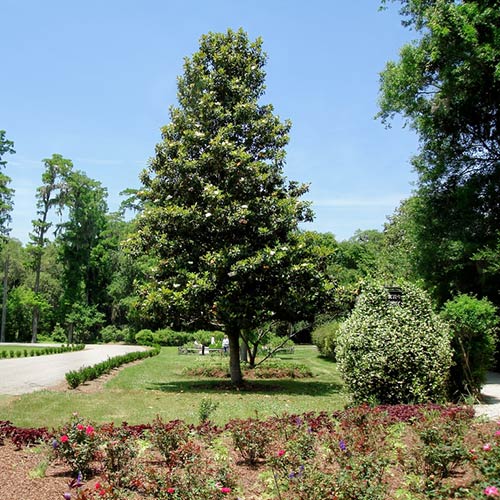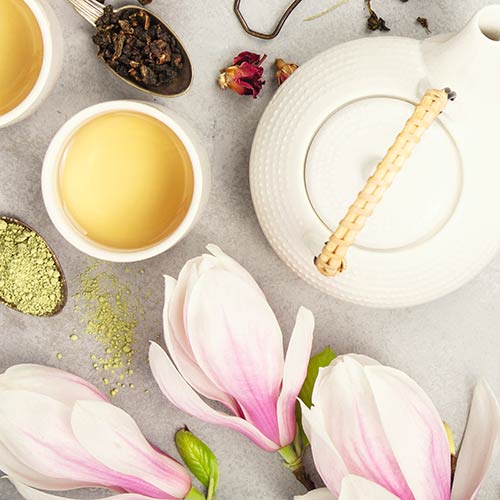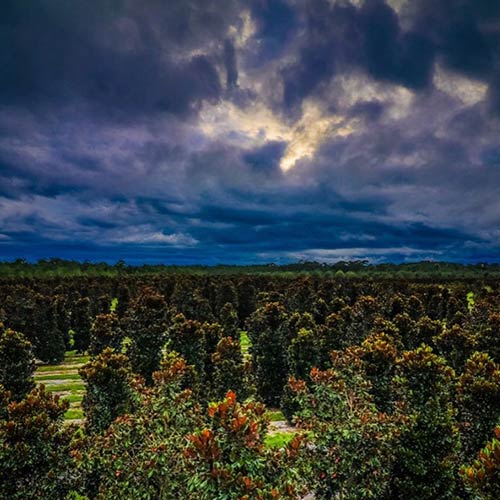3 Ways to Create a More Eco-Friendly Garden
June 4th, 2021
If you’ve been following along with our story on social media or saw our post about our water recycling program, you might already know how being eco-friendly is important to us. We are stewards to this beautiful Earth and are only here for a short amount of time. As farmers, we see the direct impact that modern day society has on our environment.
Over the years we have noticed less bees and discovered more about the state of Florida’s struggle with their clean water supply. Today over 90% of Florida’s natural springs have been depleted in order to supply urban areas. Since we briefly shared how you can save more water in your personal garden in our other blog post, we thought we would share some more ways to create a more eco-friendly garden.
On our own farm, we’ve started composting, stopped using harsh pesticides, and added some bee hives in addition to enacting our water conservation project, but sometimes it can seem hard to add projects like these to your own home! So we’re here to share some easy tricks and tips for a happy, healthier garden and earth.
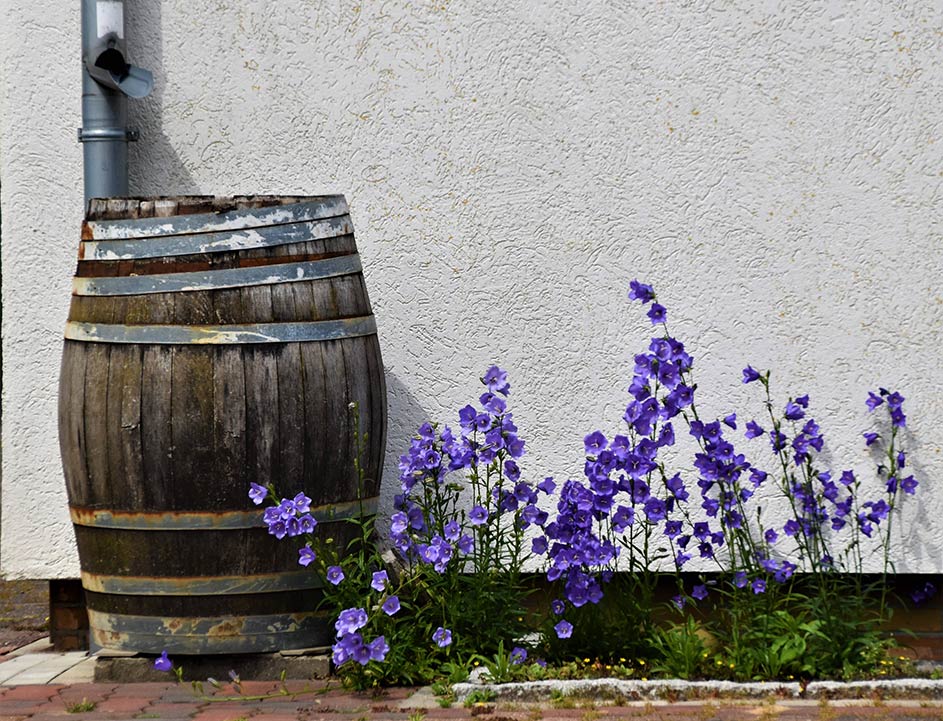
1. Install a rain barrel
Since water conservation is a cause that is close to many people’s hearts, let’s start with how you can save water in your own garden. If you live in a place where it doesn’t rain as much as your garden needs it to, it’s likely you’ll have to water them with your hose. While most of your plants will thrive in moist soil, your water bill won’t be looking as good.
One of the best ways to save water in your garden is to install a rain barrel. These large tubs harvest rainwater to be used for a later date. Many rain barrels hook right up to your gutter, but there are some freestanding rain barrels that are actually pretty aesthetically pleasing. Rain barrels can hold gallons of water, which means you might be able to retire your garden hose!
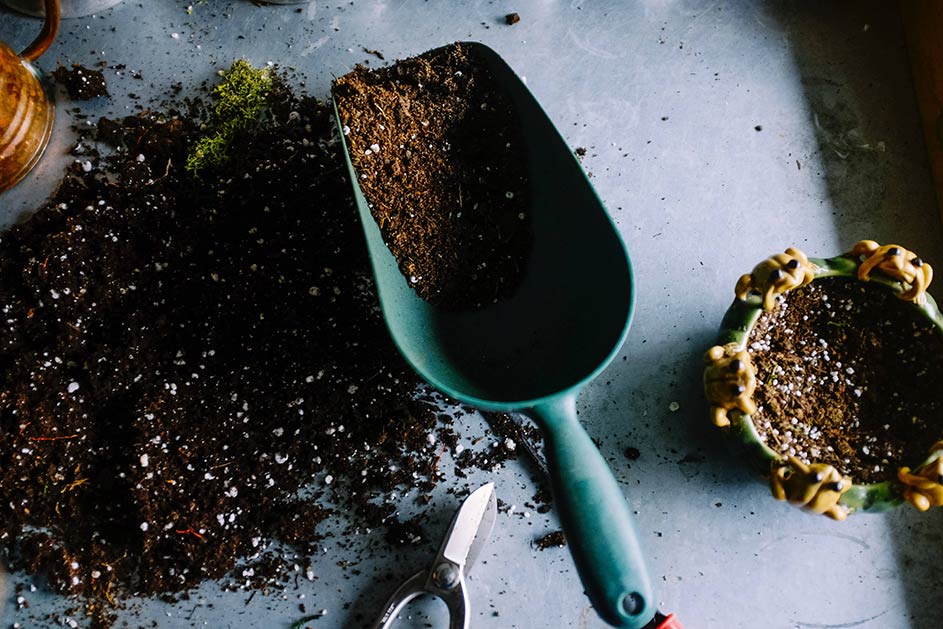
2. Create a Compost Pile
Creating a compost pile is one eco-friendly gardening step that your plants will love you for. Not only does composting help reduce waste, but compost provides essential nutrients to your plants that will help them grow healthy and strong.
If the idea of creating a compost pile seems overwhelming, you can start small! Consider starting out with only composted plant materials like weeds and trimmings. From there, you might go on to just collect fruit peels and then maybe you can add in egg shells and vegetable peels.
Any amount of compost will work wonders for your garden and keep waste from going into the landfill. If you’re curious to learn more, here is a great article about how you can create your first compost pile.
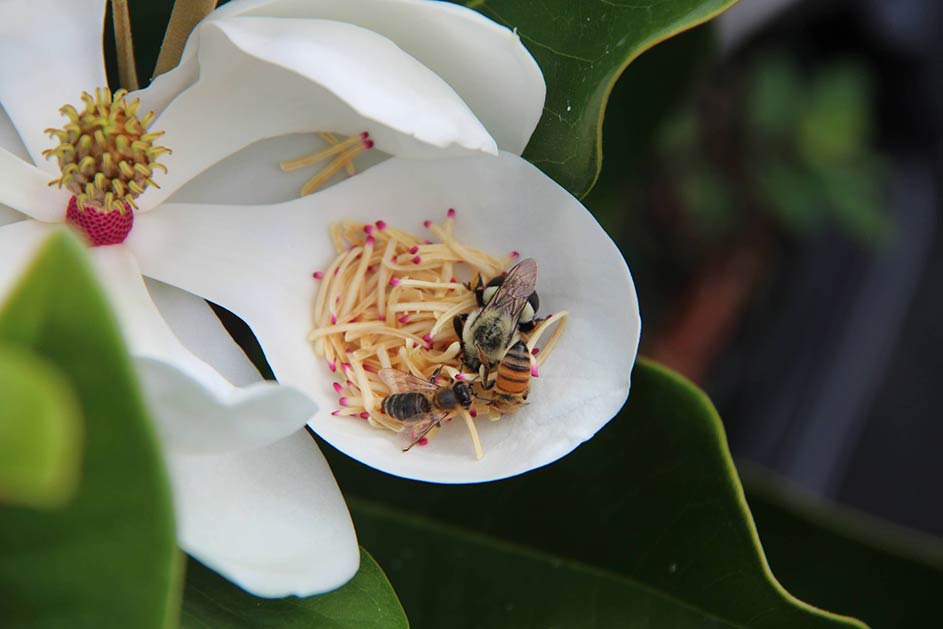
3. Make your garden pollinator-friendly
The best way to create a pollinator-friendly garden is by adding in some pollinator-friendly plants! This might come as a surprise to some people, but trees are usually your best option because they contain the most flowers, which means they’re full of nectar. In fact, bees get the majority of their nectar from trees when in the wild. But bees also love nectar producing flowers like gardenias, honeysuckles, and azaleas.
Another thing you’ll want to do is try to avoid synthetic pesticides, fertilizers, herbicides, and neonicotinoids because they wreak havoc on their sensitive systems. Inside you can use organic products and natural solutions such as compost, which improves soil health, and add beneficial insects that keep pests away like ladybugs and praying mantises.
You can also build a bee bath! Bees and other pollinators work really hard doing what they do best, but it also makes them thirsty. To create a bee bath, simply fill up a shallow bird bath or bowl with clean water and arrange pebbles and stones inside so that they break the water’s surface. Bees and other pollinators will cool off with a nice refreshing drink of water!
We hope you enjoyed these three helpful tips to create a more eco-friendly garden. We love working with our community to do the best for our planet. You can learn more about The Magnolia Company here.
Recent Articles
